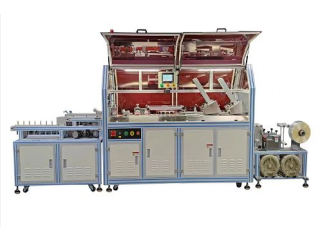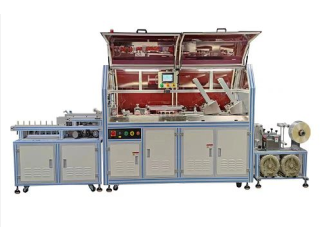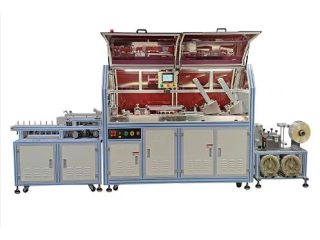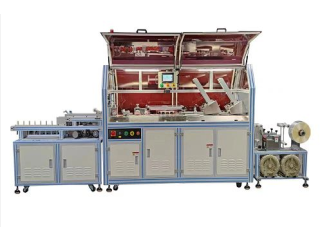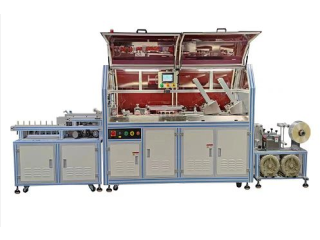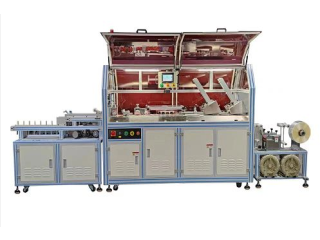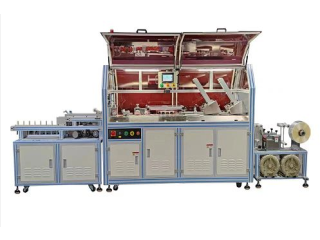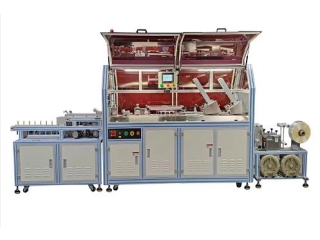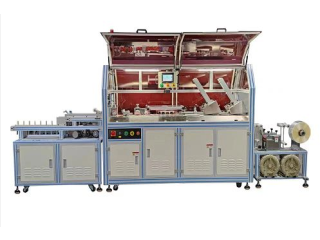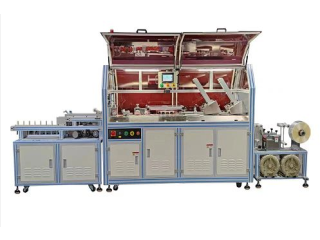Abrasives
Jul 11th, 2022 at 10:28 Automobiles Battagram 191 viewsAbrasives
How do abrasives work?
Abrasives Materials are hard crystals that are either found in nature or manufactured. The most commonly used of such materials are aluminum oxide, silicon carbide, cubic boron nitride, and diamond.
Other materials such as garnet, zirconia, glass, and even walnut shells are used for special applications.
Abrasives are primarily used in metalworking because their grains can penetrate even the hardest metals and alloys. However, their great hardness also makes them suitable for working with such other hard materials as stones, glass, and certain types of plastics. Abrasives are also used with relatively soft materials, including wood and rubber, because their use permits high stock removal, long-lasting cutting ability, good form control, and fine finishing.
Applications for abrasives generally fall in the following categories: 1) cleaning of surfaces and the coarse removal of excess material, such as rough off-hand grinding in foundries; 2) shaping, as in form grinding and tool sharpening; 3) sizing, primarily in precision grinding; and 4) separating, as in cut-off or slicing operations.
A Vitrified Grinding Wheel is a cutting tool. It's an abrasive cutting tool. In a grinding wheel, the abrasive performs the same function as the teeth in a saw. But unlike a saw, which has teeth only on its edge, the grinding wheel has abrasive grains distributed throughout the wheel. Thousands of these hard, tough grains move against the workpiece to cut away tiny chips of material.
Abrasives—Grits and Grains
External Circular Grinding Wheels and other bonded abrasives have two major components-the abrasive grains that do the actual cutting and the bond that holds the grains together and supports them while they cut. The percentages of grain and bond and their spacing in the wheel determine the wheel's structure.
The particular abrasive used in a wheel is chosen based on the way it will interact with the work material. The ideal abrasive has the ability to stay sharp with minimal point dulling. When dulling begins, the abrasive fractures, creating new cutting points.
Each abrasive type is unique with distinct properties for hardness, strength, fracture toughness and resistance to impact.
Aluminum oxide is the most common abrasive used in grinding wheels. It is usually the abrasive chosen for grinding carbon steel, alloy steel, high speed steel, annealed malleable iron, wrought iron, and bronzes and similar metals. There are many different types of aluminum oxide abrasives, each specially made and blended for particular types of grinding jobs. Each abrasive type carries its own designation-usually a combination of a letter and a number. These designations vary by manufacturer.
Once the grain is known, the next question relates to grit size. Gear Grinding Wheels have a number designating this characteristic. Grit size is the size of individual abrasive grains in the wheel. It corresponds to the number of openings per linear inch in the final screen size used to size the grain. In other words, higher numbers translate to smaller openings in the screen the grains pass through. Lower numbers (such as 10, 16 or 24) denote a wheel with coarse grain. The coarser the grain, the larger the size of the material removed. Coarse grains are used for rapid stock removal where finish is not important. Higher numbers (such as 70, 100 and 180) are fine grit wheels. They are suitable for imparting fine finishes, for small areas of contact, and for use with hard, brittle materials.
To allow the abrasive in the wheel to cut efficiently, the wheel must contain the proper bond. The bond is the material that holds the abrasive grains together so they can cut effectively. The bond must also wear away as the abrasive grains wear and are expelled so new sharp grains are exposed.
There are three principal types of bonds used in conventional Resin Bonded Grinding Wheels. Each type is capable of giving distinct characteristics to the grinding action of the wheel. The type of bond selected depends on such factors as the wheel operating speed, the type of grinding operation, the precision required and the material to be ground.



